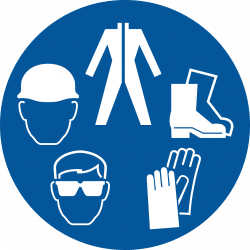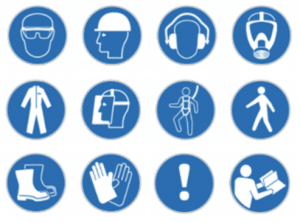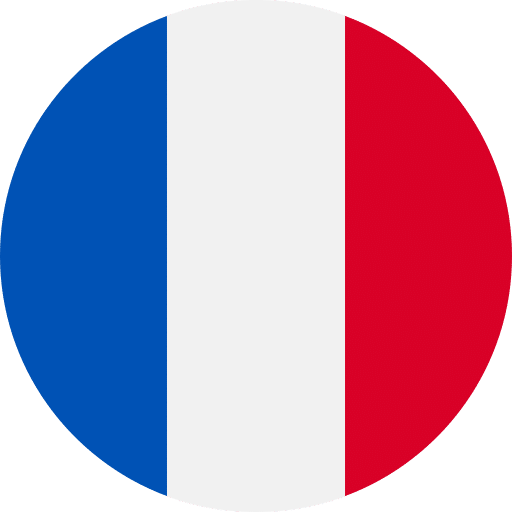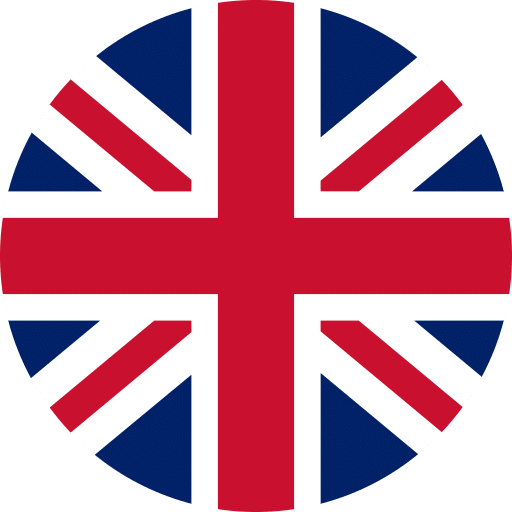The European Commission has updated the compilation of new occupational health and safety standards, harmonized regarding Personal Protective Equipment (PPE) following a decision published on May 11, 2023.

Buoyancy Aid Standard: EN 13138-1 2021
This concerns buoyancy aids used for swimming instruction. This European standard sets safety requirements and testing methods for buoyancy aid devices, targeting young children and those learning to swim.
Key points of the EN 13138-1 2021 standard include :
- Age Categories : It specifies age categories for which buoyancy aids are designed, particularly for children aged 1 to 12 years. Minimum
- Buoyancy Requirements : The standard outlines minimum buoyancy requirements for different age groups to ensure buoyancy aids provide sufficient support to keep the child’s head above water and enable safe floating.
- Materials and Construction : It establishes requirements for the materials used in the manufacturing of buoyancy aids and their construction to ensure durability, wear resistance, and product safety.
- Fastening Systems : The standard details requirements for the fastening systems of buoyancy aids to secure and prevent the device from detaching or slipping during use.
- Labeling and Provided Information : The standard mandates that buoyancy aids are clearly and permanently labeled, providing essential information such as age recommendations, usage instructions, and safety warnings.
This regulation is part of the new EN 13138-1 2021 occupational health and safety standards, aiming to ensure buoyancy aids comply with high safety standards. This allows children to learn to swim safely and securely.



